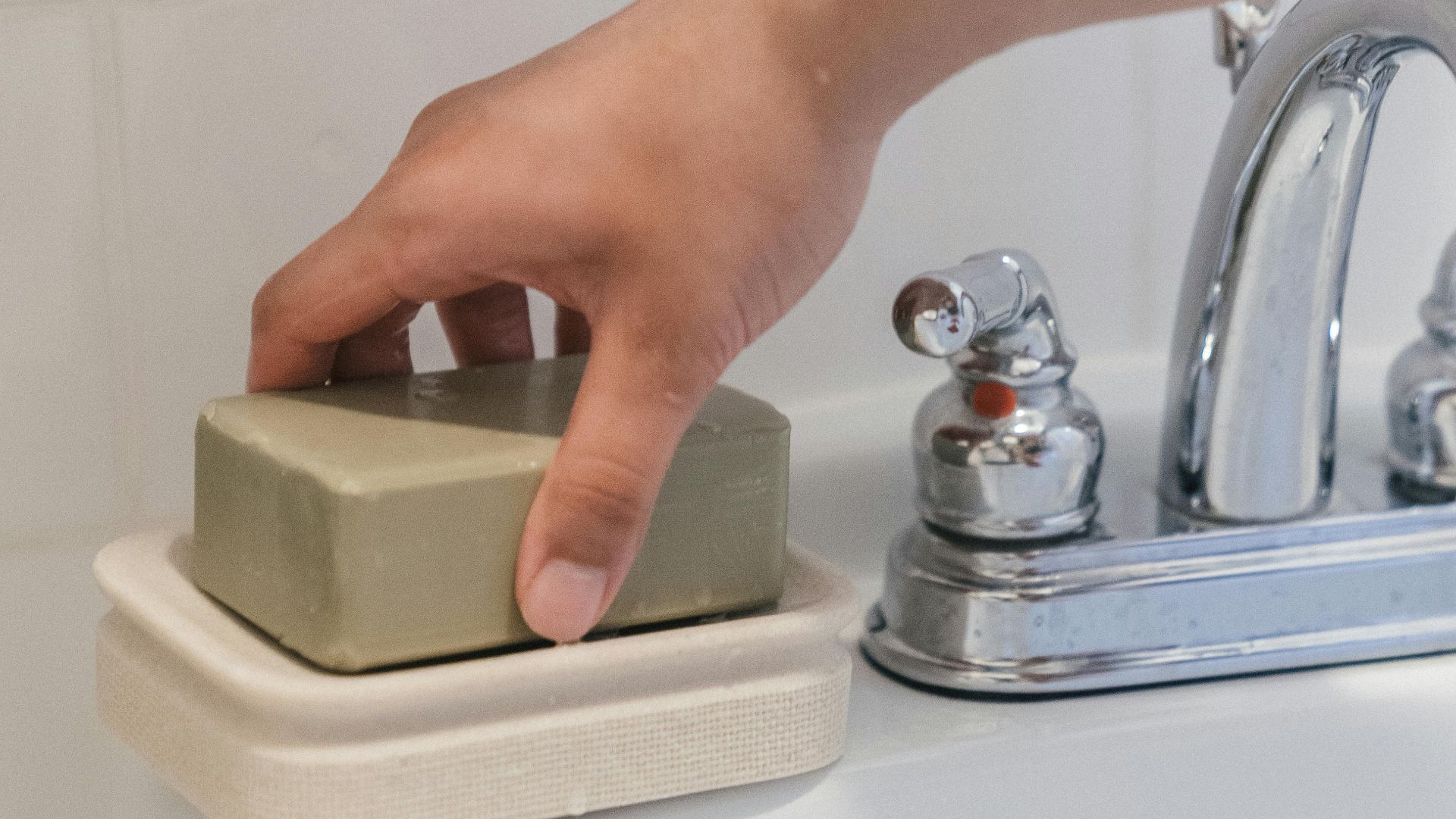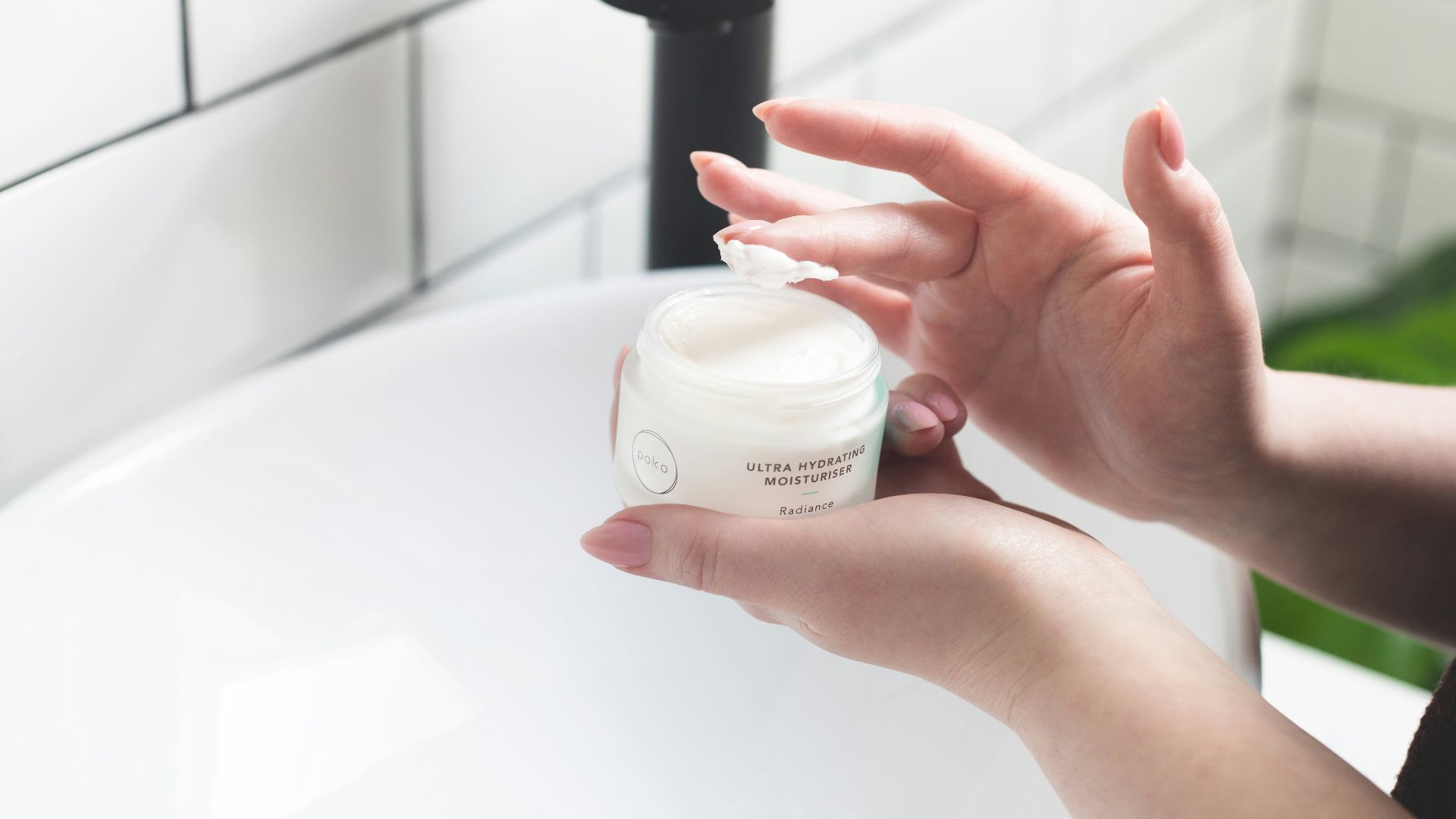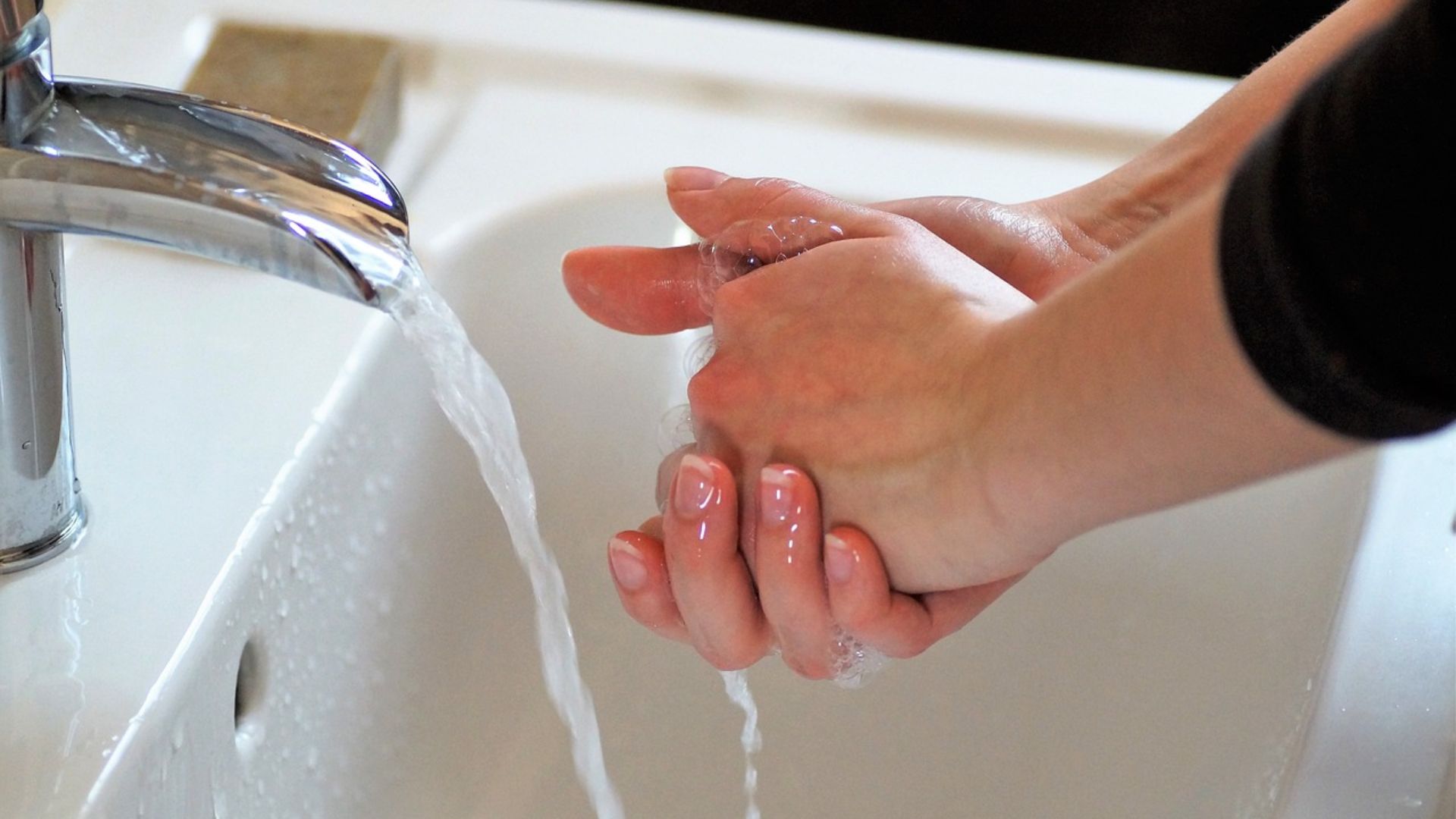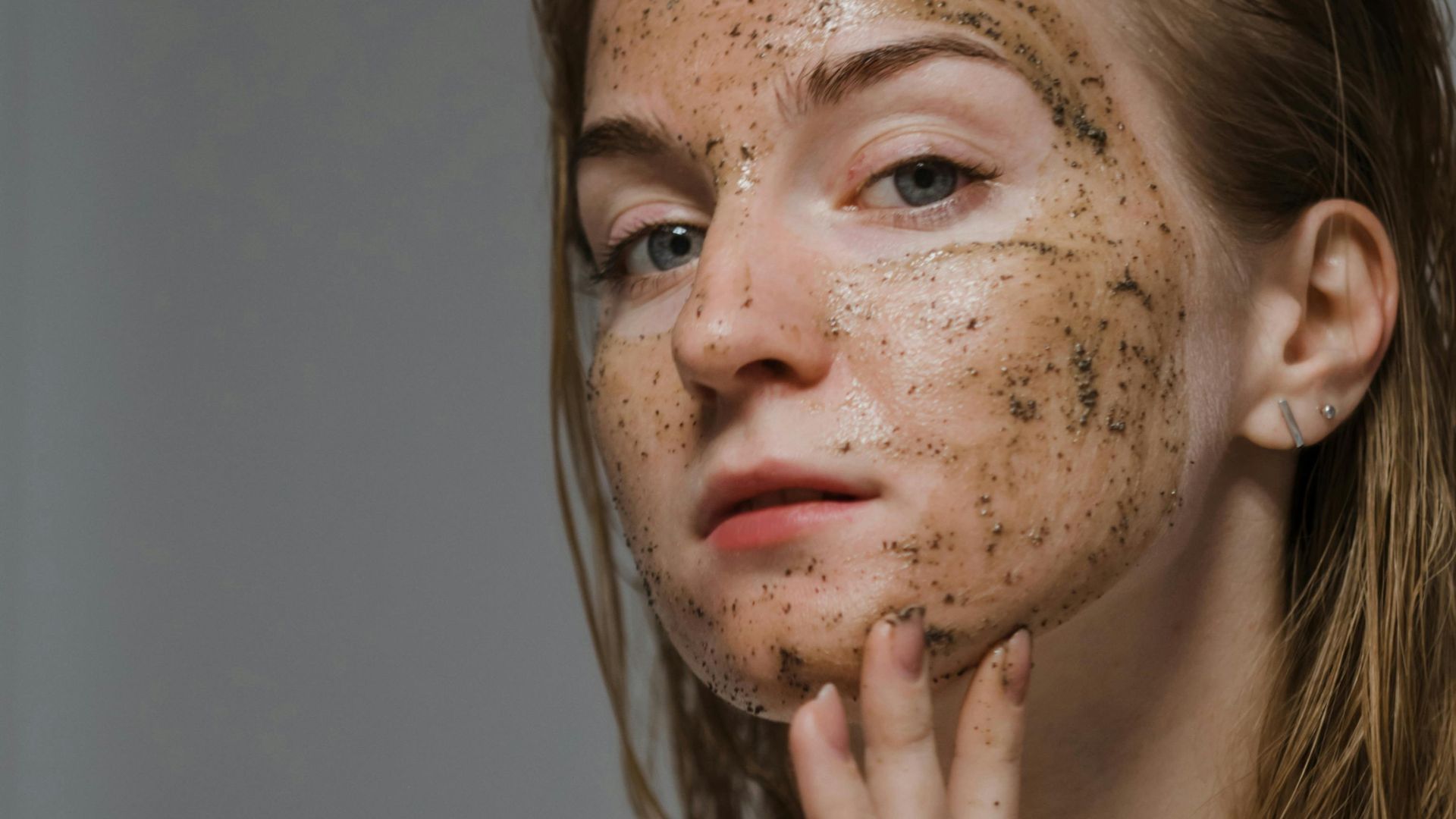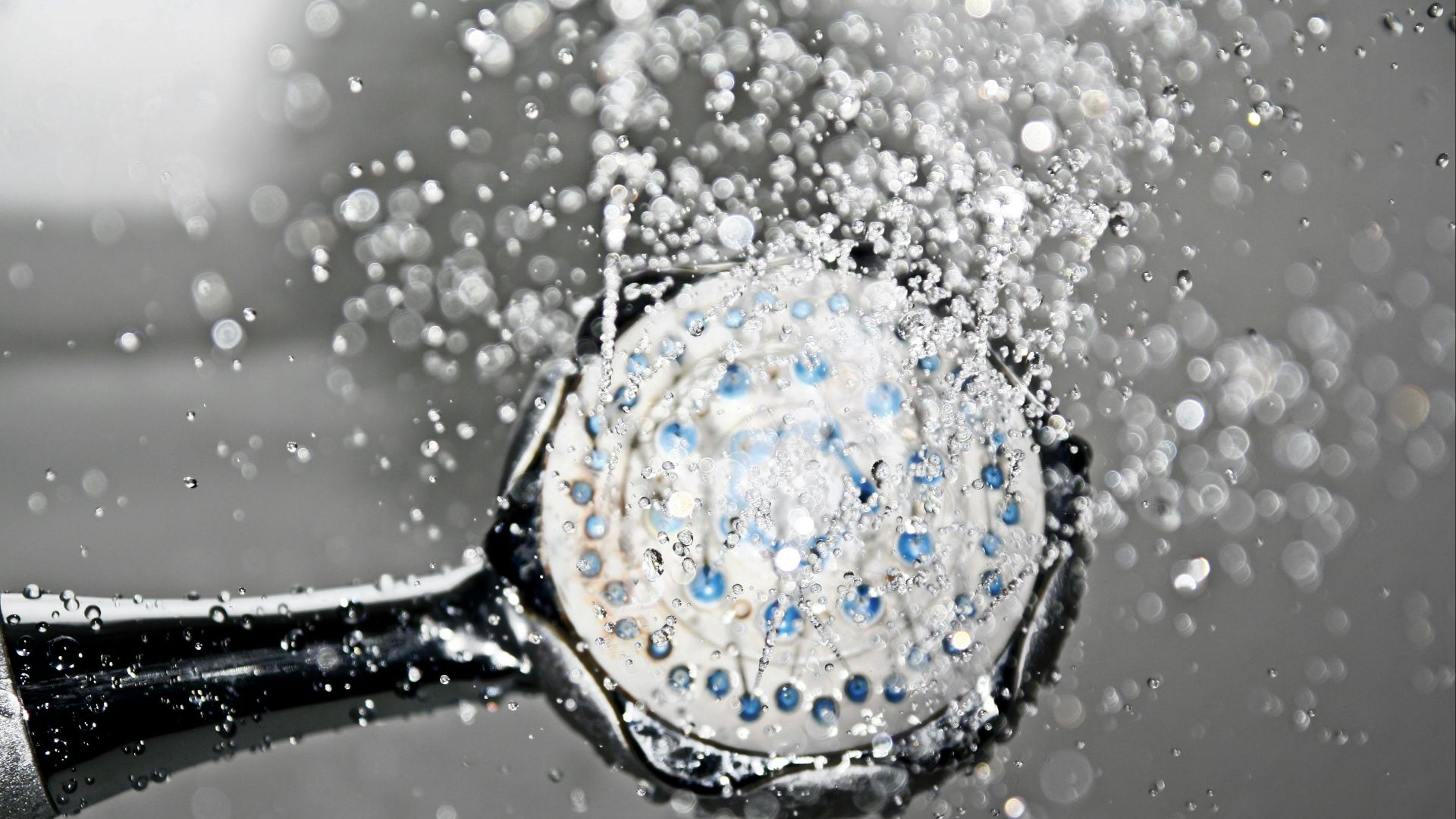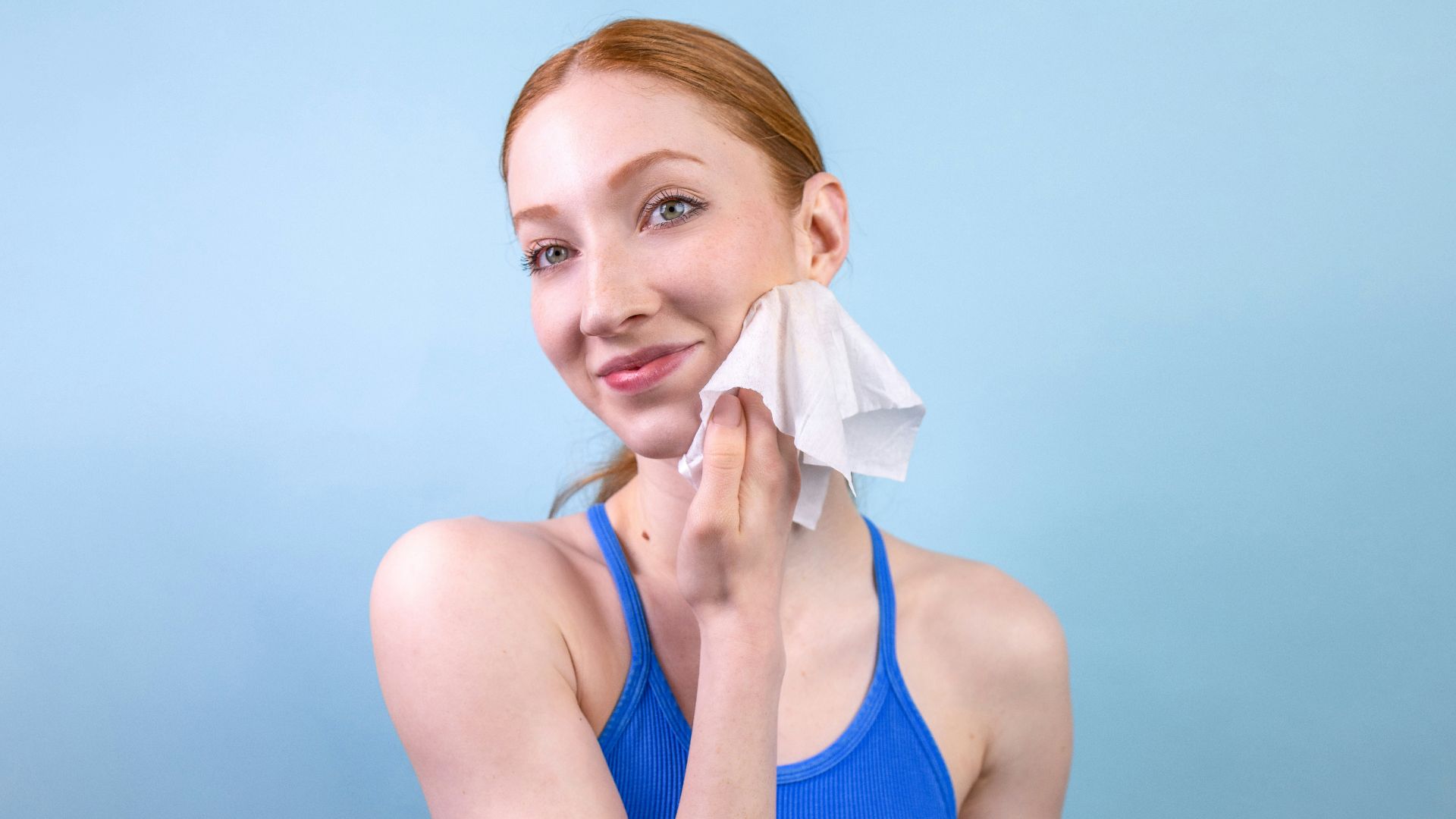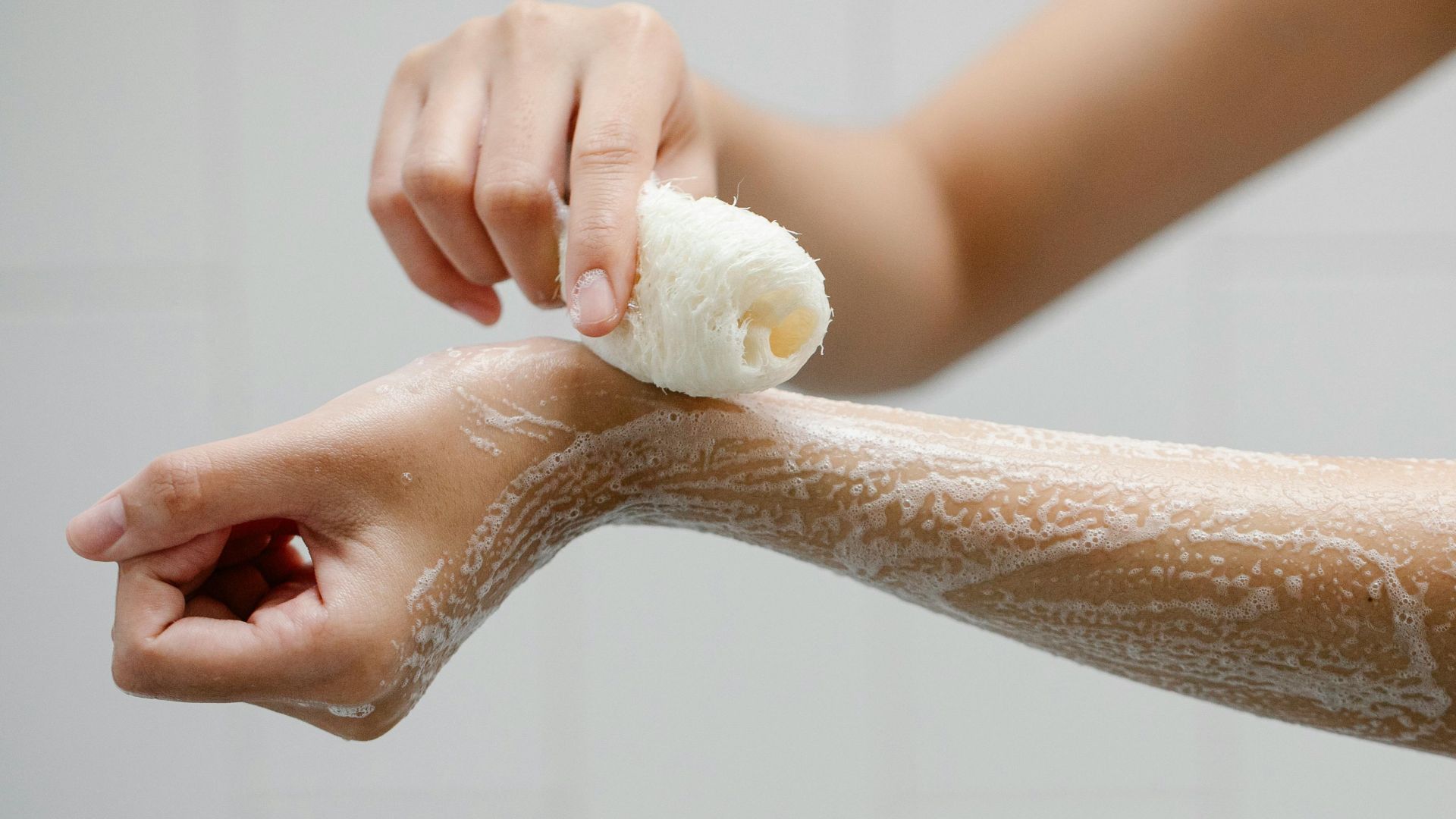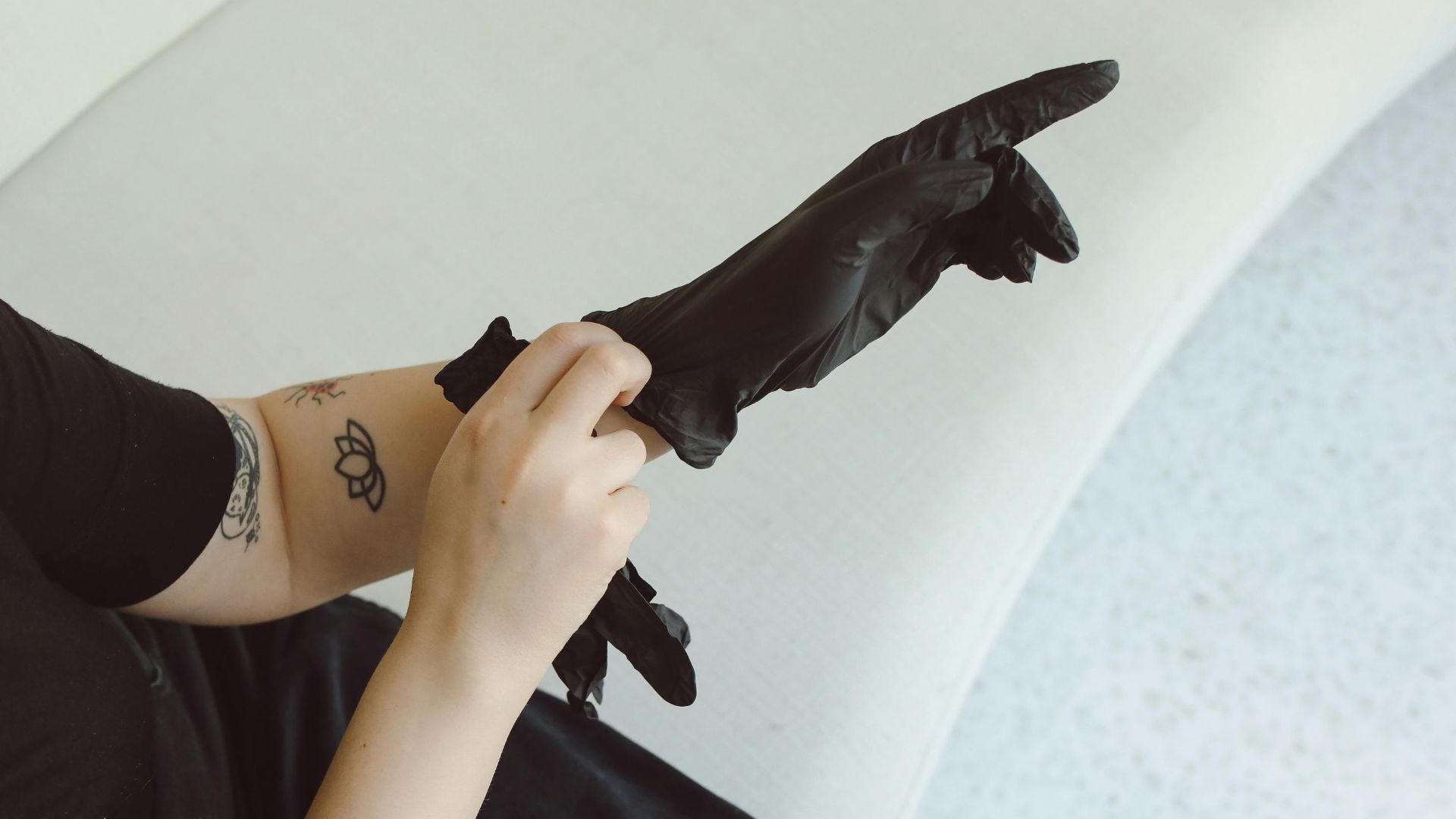Small Habits Lead To Big Impact
Skin doesn't dry out for just one reason. Behind the flaking and tightness that you seem to come out of nowhere are overlooked habits quietly working against your skin. If your skin feels rougher than it should, it's time to look closer at what might be causing it. So, check out 10 common things that dry out your skin and 10 simple ways to help keep things smooth.
1. Hot Showers That Scald Your Barrier
Hot showers might feel great, but they can mess with your skin's natural defenses. They strip away the oils that keep your skin hydrated, leaving it feeling tight afterward, a clear sign something's off. Doing this every day can quietly cause significant damage.
2. Air Conditioning's Secret Side Effect
AC keeps you cool, but it dries out the air around you. And that dryness doesn't stop at the walls. It pulls moisture from your skin, too. Even if you stay indoors all day, that steady stream of cooled air may be why your skin feels parched.
3. Bar Soap That Strips Away Oils
Many bar soaps contain alkaline compounds and surfactants that do more than clean dirt. These products strip away essential skin oils, which can leave the skin feeling tight or flaky. Even soaps labeled "gentle" may reduce the skin's natural balance.
4. Moisturizing Too Late
After washing, the skin is left momentarily vulnerable. Without immediate reinforcement, water quickly evaporates, taking moisture with it. That short delay between drying off and moisturizing often leads to dryness, especially around thinner areas like the face or neck.
5. Washing Hands Too Frequently
Each rinse strips oils from the skin. Add soap and friction to the mix, and the effect multiplies. Over time, skin on the hands becomes prone to cracking, especially around knuckles—maybe even your fingertips. This is even more common during colder months.
6. Over-Exfoliating With Rough Scrubs
Aggressive exfoliation removes more than dead skin. It can wear down the outermost layer that holds in moisture, too. When this happens, even normal environments feel harsh, which is why the skin may sting sometimes in response to repeated friction.
7. Hard Water
If your skin feels dry even after you moisturize, tap water might be the problem. Hard water is loaded with minerals that leave a residue on your skin. This film can block moisture absorption and worsen irritation, especially in colder or drier climates.
8. Alcohol-Based Toners And Wipes
Fast-drying toners and cleansing wipes rely on alcohol for that instant clean sensation. But alcohol evaporates quickly, pulling moisture from your skin as it goes. The result is skin that feels fresh for a moment, then becomes tight, dry, and prone to flaking.
9. Cold Weather's Invisible Assault
Cold air carries very little humidity. As temperatures drop, moisture from your skin escapes more easily into the environment. Wind accelerates this process and worsens chapping. Though the effect can be gradual, prolonged exposure to winter conditions often leaves skin rough.
10. Fragrance-Heavy Products You Love
Scented products often come with a hidden cost. Fragrances in lotions and body washes can trigger dryness by weakening the skin's barrier. The effects aren't always evident at first. But with repeated use, these additives gradually erode moisture levels and irritate the skin.
Now that you know all the red flags, let’s take a look at some effective ways to stay smooth and hydrated.
1. Dry Gently With A Towel
Water helps hydrate, but what you do next matters. Rubbing with a towel can remove moisture and stress the skin's surface. A light patting motion preserves hydration and minimizes irritation. The drying step often gets overlooked, yet it plays a key role.
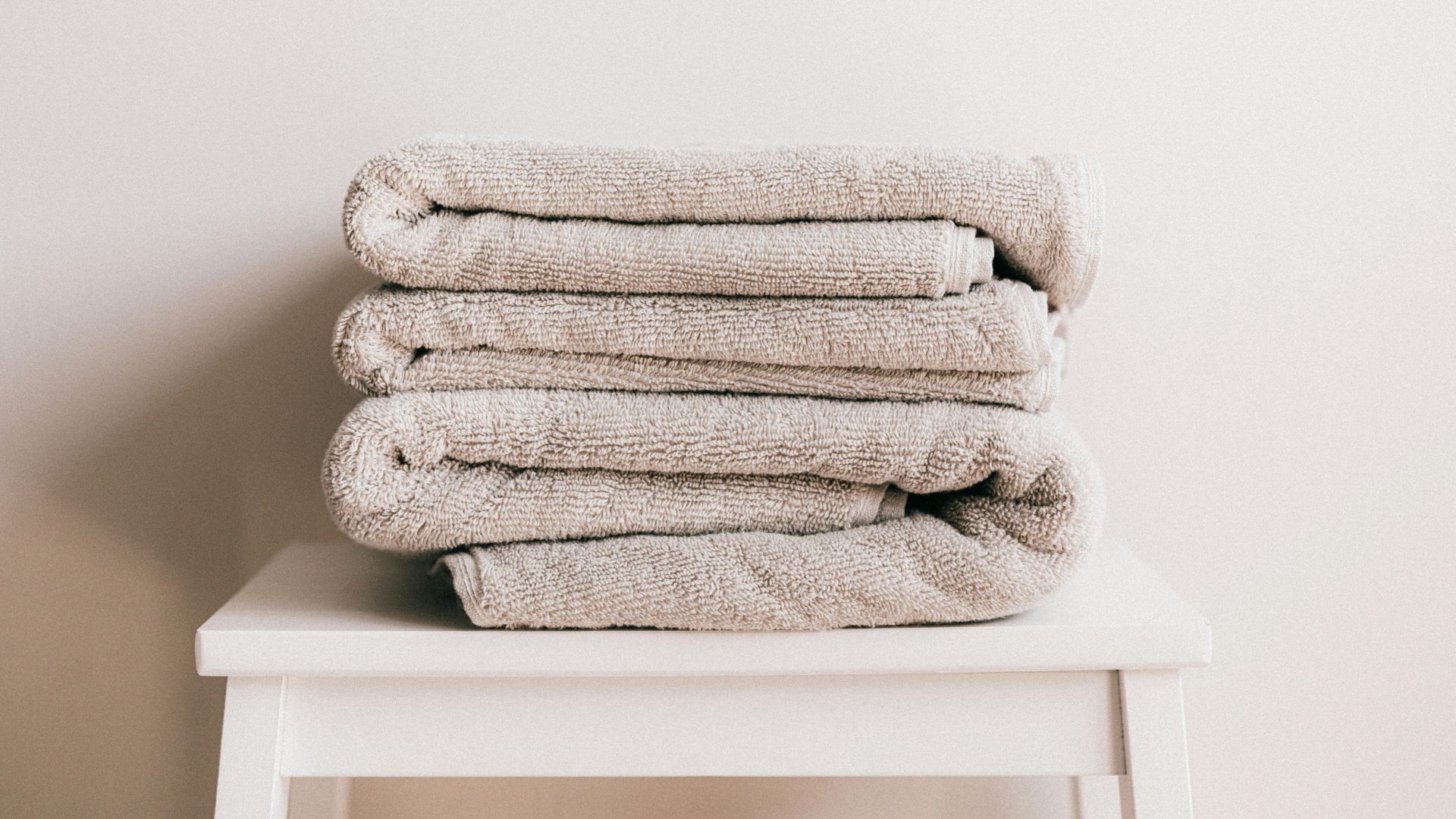 Photo By: Kaboompics.com on Pexels
Photo By: Kaboompics.com on Pexels
2. Use Occlusives Overnight
Heavy-duty moisture barriers like petroleum jelly or thick creams work best while you sleep. They lock in moisture and give your skin a chance to repair itself. Just dab a thin layer on any dry, flaky spots before bed, and by morning, they'll usually feel a lot softer.
3. Choose Breathable Clothing
Clothes can sabotage your skin. Tight or synthetic fabrics trap sweat, leading to dryness and inflammation. Natural fibers like cotton allow air to circulate and prevent friction, which is why switching up your wardrobe basics may be part of the solution if you struggle with irritated skin.
4. Keep Baths Short And Simple
A long soak feels relaxing but, surprisingly, draws moisture from your skin. Add scented bubbles and the damage multiplies. Limit baths to ten minutes and skip harsh additives. Lukewarm water with a mild soak-in oil can soften without overexposing your skin to drying elements.
5. Let Skin Take A Break
Using too many products too often can overwhelm your barrier. Once or twice a week, skip serums and actives. Just cleanse, moisturize, and stop there. These low-intervention days help your skin recalibrate and maintain its moisture balance more effectively.
6. Look For Ceramides
Ceramides are basically lipids your skin makes naturally, but their levels drop with age and irritation. Moisturizers with added ceramides help rebuild your barrier, and they're invaluable after a breakout or when seasonal dryness has left your skin feeling raw.
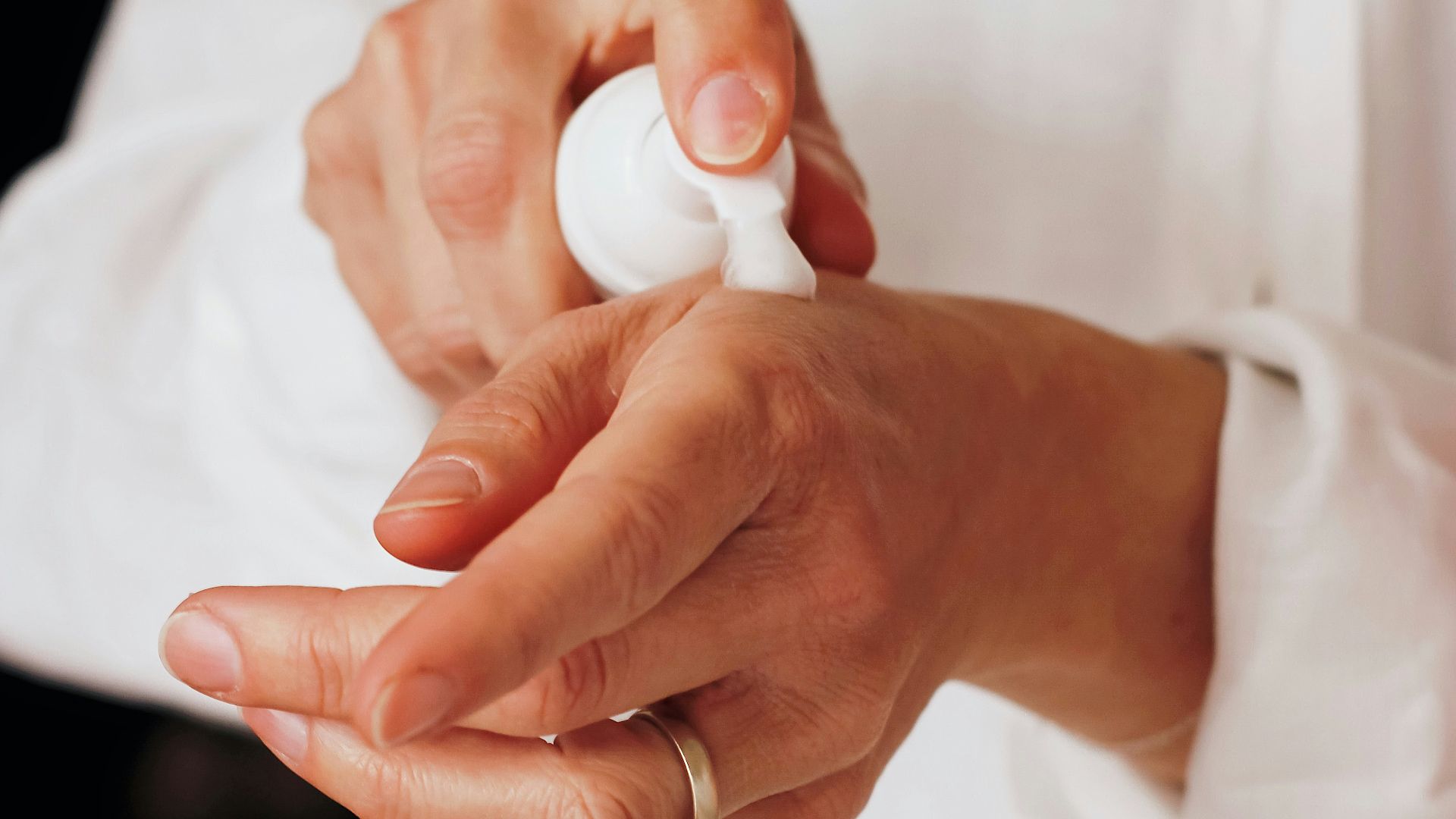 Nataliya Melnychuk on Unsplash
Nataliya Melnychuk on Unsplash
7. Wear Gloves
Protecting your hands in winter isn’t optional because cold air and low humidity pull moisture away fast. Plus, wind accelerates this process if you don’t use a good pair of gloves to block that dryness. Opt for lined gloves since they reduce moisture loss considerably.
8. Hydrate From The Inside
Drinking water doesn't directly moisturize skin, but it does matter. Dehydration reduces elasticity and makes dryness worse. A consistent water intake supports overall hydration and helps your skincare efforts progress, especially in dry or heated environments.
9. Limit Friction When You Sleep
A rough bedding can undo your routine. Cotton sheets may tug at the skin, especially on your face. Consider switching to silk pillowcases to reduce friction and irritation caused by tossing and turning. It also helps maintain smooth skin by lowering moisture loss overnight.
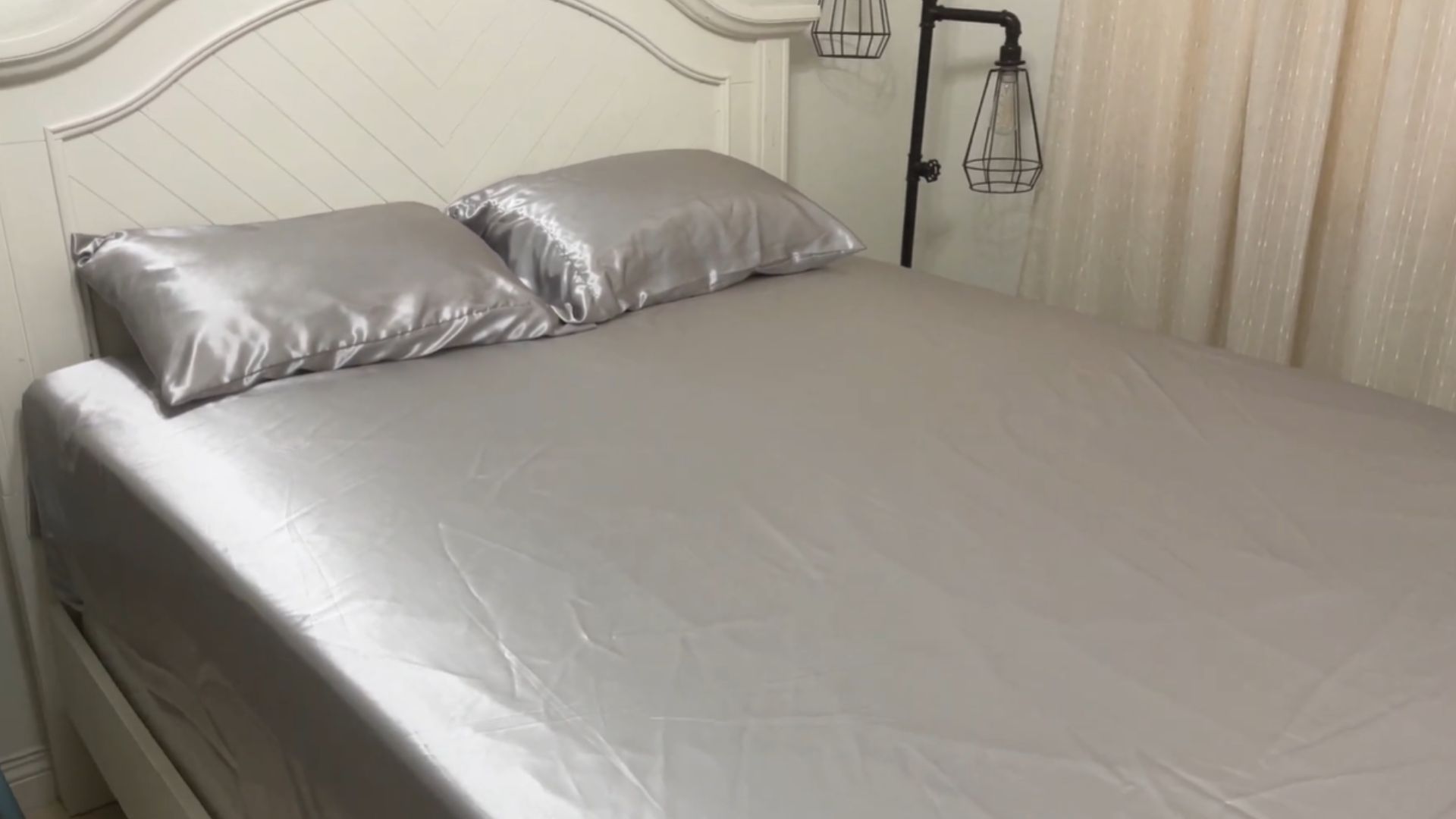 Pure Bedding Satin Sheets Review - Is It Worth The Price? by TRF Product Reviews
Pure Bedding Satin Sheets Review - Is It Worth The Price? by TRF Product Reviews
10. Watch What You Apply First
The order affects results. Applying a thick cream before a water-based serum prevents absorption and leaves your skin thirsty beneath the surface. Always go from thinnest to thickest. That minor correction can turn a basic routine into one that leaves skin feeling soft.





